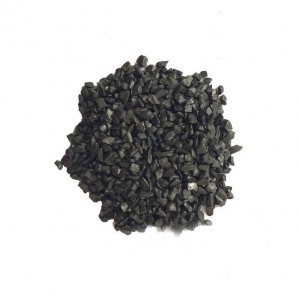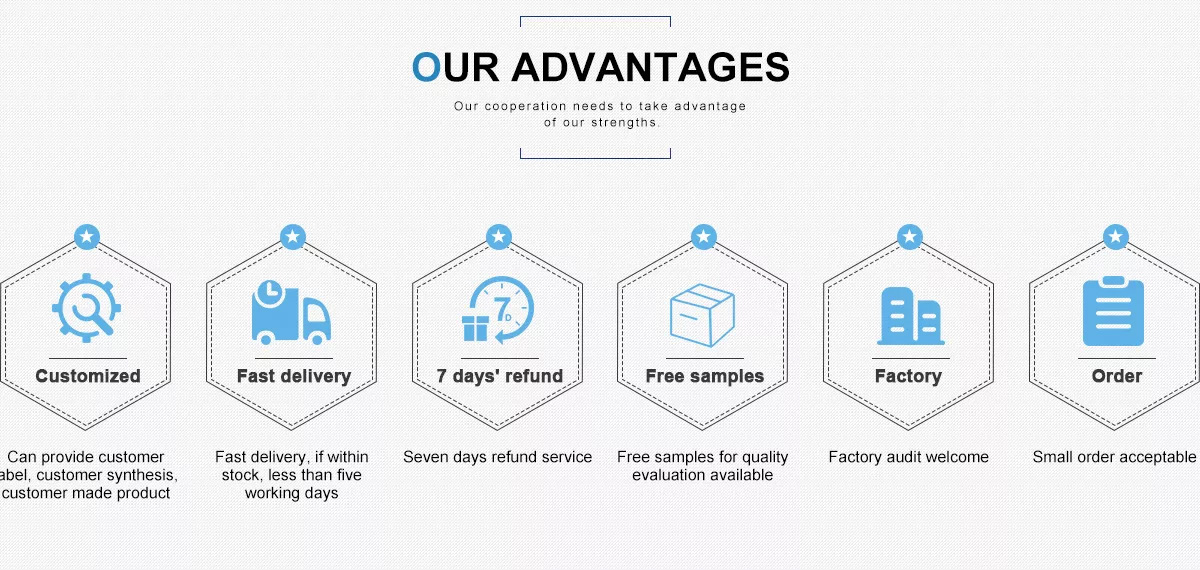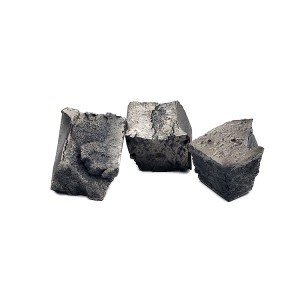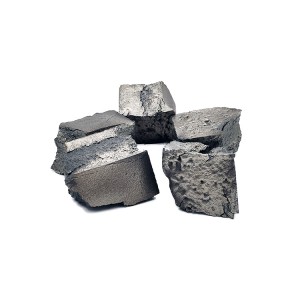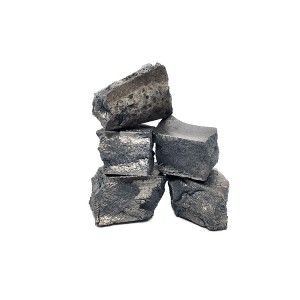Brief introduction
Product name: Cerium
Formula: Ce
CAS No.: 7440-45-1
Molecular Weight: 140.12
Density: 6.69g/cm3
Melting point: 795 °C
Appearance: Silvery lump pieces, ingots, rod, foil, wire, etc.
Stability: Easy oxidized in the air.
Ductibility: Good
Multilingual: Cerium Metal
| Product Code | 5864 | 5865 | 5867 |
| Grade | 99.95% | 99.9% | 99% |
| CHEMICAL COMPOSITION | |||
| Ce/TREM (% min.) | 99.95 | 99.9 | 99 |
| TREM (% min.) | 99 | 99 | 99 |
| Rare Earth Impurities | % max. | % max. | % max. |
| La/TREM Pr/TREM Nd/TREM Sm/TREM Eu/TREM Gd/TREM Y/TREM |
0.05 0.05 0.05 0.01 0.005 0.005 0.01 |
0.1 0.1 0.05 0.01 0.005 0.005 0.01 |
0.5 0.5 0.2 0.05 0.05 0.05 0.1 |
| Non-Rare Earth Impurities | % max. | % max. | % max. |
| Fe Si Ca Al Mg Mo O C Cl |
0.15 0.05 0.03 0.08 0.05 0.03 0.03 0.03 0.03 |
0.2 0.05 0.05 0.1 0.05 0.03 0.05 0.05 0.03 |
0.3 0.1 0.1 0.2 0.1 0.05 0.05 0.05 0.05 |
- Catalysts in the automotive industry: Cerium is widely used in catalytic converters to reduce harmful emissions from internal combustion engines. It aids in the oxidation of carbon monoxide and hydrocarbons, thereby increasing the overall efficiency of the vehicle’s exhaust system. Cerium’s ability to store and release oxygen makes it an essential component in three-way catalysts that help purify the air.
- Glass and Ceramics: Cerium dioxide is a key ingredient in the production of glass and ceramics. It acts as a polishing agent, providing a high-quality finish to the glass surface. In addition, cerium compounds are used to enhance the optical properties of glass, make it more resistant to UV radiation and increase its durability. This application is particularly important in the manufacture of high-end glass products such as lenses and displays.
- Alloying Additive: Cerium is used as an alloying agent for various metals, including aluminum and iron. The addition of cerium improves the mechanical properties of these alloys, such as strength, ductility, and oxidation resistance. Cerium-containing alloys are used in aerospace, automotive, and construction applications where enhanced performance and durability are critical.
- Phosphors in lighting and displays: Cerium is a key component of phosphor materials used in fluorescent lamps and LED lighting. It helps convert ultraviolet light into visible light, improving the efficiency and color quality of the emitted light. In addition, cerium-doped materials are also used in display technologies such as TVs and computer screens to enhance color reproduction and brightness.
-
Praseodymium Neodymium metal | PrNd alloy ingot...
-
Terbium metal | Tb ingots | CAS 7440-27-9 | Rar...
-
Gadolinium metal | Gd ingots | CAS 7440-54-2 | ...
-
Ytterbium metal | Yb ingots | CAS 7440-64-4 | R...
-
Neodymium metal | Nd ingots | CAS 7440-00-8 | R...
-
Carbonate Lanthanum Cerium best price LaCe(CO3)2

